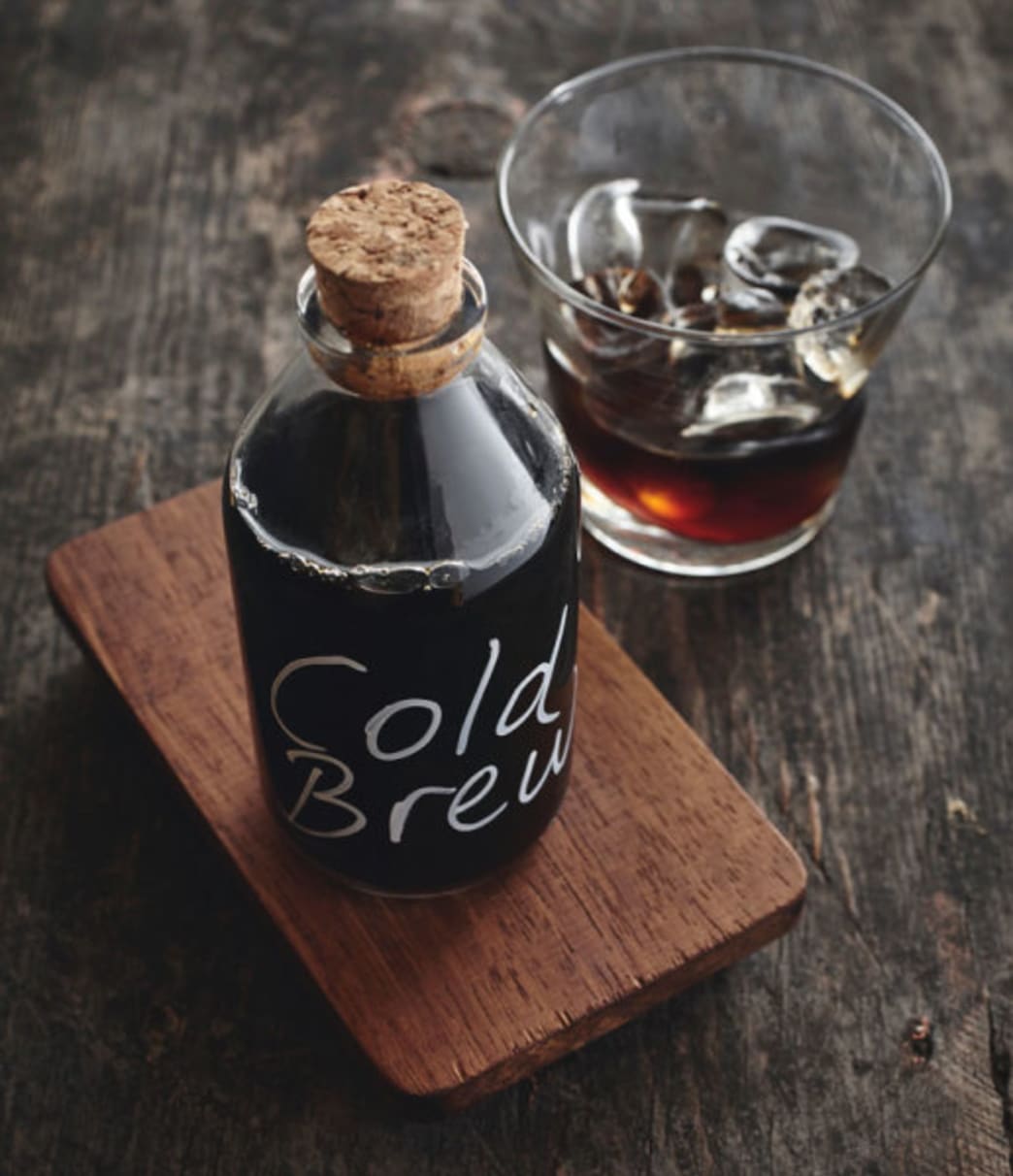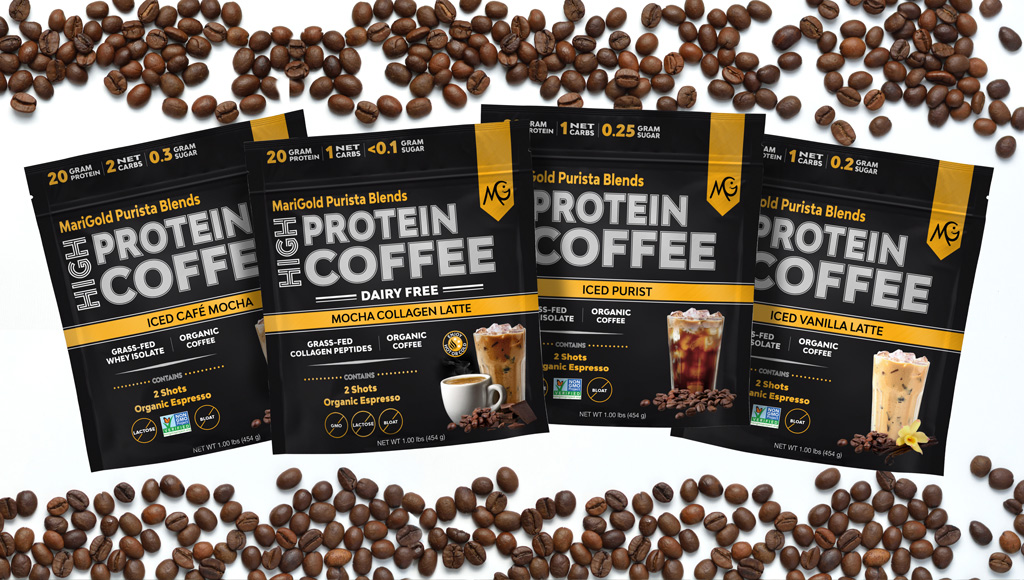Mention coffee, and caffeine is probably the first thing that comes to mind-the indispensable morning jolt often viewed as a guilty pleasure. But research is turning that notion on its head. A recent Harvard University report noted these coffee health benefits: lower blood pressure, a slower rate of weight gain with age, and reduced risks for type 2 diabetes and heart disease.
An NIH-sponsored study of 400,000 men and women, between the ages 50 and 71, found that those who drank three or more cups daily, with or without caffeine, were less likely to die from heart disease, respiratory disease, stroke, diabetes, and infections.
Other studies have found that coffee reduces risk for various cancers, liver damage from overindulging in alcohol and food, and depression (caffeinated coffee specifically) among women.
Why Coffee is Good for You
“Coffee is the new red wine, without the hangover,” says Bob Arnot, MD, a TV medical correspondent and health-book author who has tested hundreds of coffees from around the world. The health-boosting ingredients are antioxidants called chlorogenic acids, a group of antioxidants in the polyphenol family of nutrients, found in plant foods.
“These powerful anti-inflammatory and antioxidant compounds are the most important health components of coffee, just as they are in the freshest fruits and vegetables, fine red wines, and premium green teas,” says Arnot. But given the way we eat, coffee is typically the top source of these nutrients in the American diet.
All Coffees Are Not Equal
In testing coffees with high-tech lab tools, Arnot found that levels of chlorogenic acids could be dramatically higher-by a hundred times or more-in the healthiest coffees, maximizing their therapeutic qualities. And, he identified how to get the most antioxidants in a cup of java.
- The bean: Beans grown at higher elevations contain more chlorogenic acids and more flavor. Ethiopian and Kenyan beans fall into this category, and higher-elevation beans from other areas also fit the bill. One way to identify them is by taste, and coffees, like fine wines, are reviewed and ranked by expert tasters.
- The roast: High temperatures required for dark roasts destroy chlorogenic acids. Light roasting at lower temperatures preserves more antioxidants and flavors.
- The grind: A fine grind enables more antioxidants to be extracted from the beans because it exposes a greater surface area for water to penetrate.
- The brewing method: With a higher-elevation bean and a light roast, Arnot’s tests found that the highest antioxidants come from a fine grind brewed in these coffee makers (in order of antioxidant content): AeroPress, Kalita, Mr. Coffee, and Chemex. For a Keurig, a recyclable K-Cup pod, such as Ekobrew, can be filled with a good light roast.
The Coffee Flavor Myth
Although dark roasts are believed to have richer flavor, this is a myth. “There are 1,200 flavor components in coffee,” says Arnot, and light roasting of higher-elevation beans brings these out, as sweetness, fruity flavors, hints of chocolate, and many more. “If you’re drinking dark, burnt coffee, loaded up with cream and sugar,” he adds, “Boy, do you have a treat in store.”
Pitfalls to Avoid
In the US, two out of three coffee drinkers add sugar and/or cream, but dairy reduces the beneficial effects of coffee antioxidants, and sugar adds empty calories. And a study of a supermarket-style nondairy creamer found that it reduced antioxidant absorption from coffee by 30 percent.
To adjust taste, Arnot recommends:
- If coffee is bitter: Use a coarser grind.
- If it has a sour taste: Use a finer grind.
For anyone who cannot tolerate caffeine, there’s decaf. With or without caffeine, Arnot calls light-roast, high-elevation, flavorful black coffee “the healthiest new superfood we have.”
How Much Coffee Should You Drink?
Studies show that coffee, with or without caffeine, delivers maximum benefits with 4 cups daily for women and 6 cups for men. According to a Gallup poll, on an average day, American adults drink:
- 1 cup – 26%
- 2 cups – 19%
- 3 cups – 8%
- 4 cups – 11%
Coffee Buying Tips
Shade-grown coffees are becoming more plentiful. Shade can be induced artificially, with a plastic-wrap-style covering, to promote yield, or can be natural from indigenous trees, enhancing the ecology of an area and creating different flavors in beans. Its effect on antioxidant content has not been widely researched, but one study in Thailand found that antioxidant levels were higher with natural, rather than artificial, shade.
To boost the antioxidants in your cup of joe, look for:
- Arabica beans: Traditionally grown at higher elevations, these typically contain more antioxidants and less caffeine than Robusta beans, which are grown on low-lying, flat, industrial plantations and used in mass-market and instant coffees.
- Higher elevations: Bean descriptions may include words like “mountain,” or “hillside.” Higher-altitude coffee likely comes from small, independent farms, supports local economies, and improves quality of life in coffee-growing regions.
- Light roast: Look for light-colored beans.
How to Make Cold Brew Coffee
Iced coffee is simply hot coffee, chilled and served over ice. Cold brew never meets hot water and is gaining popularity as a more flavorful, cold black-coffee drink. Recipes vary, but these are the basic steps:
 Better Nutrition
Better Nutrition- To avoid muddy coffee, use a very coarse grind and pure cold water.
- The best ratio of coffee to water depends on your personal taste. Some examples are 8 parts water to 1 part coffee, or 4 ounces of coffee to 2 cups of water.
- In a jar or jug, add coffee and then water, and stir gently to saturate grounds evenly.
- Let sit for 12-24 hours, in or out of the fridge. Longer is better.
- Strain with a filter and serve chilled or over ice.
Written by vera-tweed for Better Nutrition and legally licensed through the Matcha publisher network. Please direct all licensing questions to legal@getmatcha.com.
Featured image provided by Better Nutrition
MariGold High Protein Coffee
At MariGold, everything we make is designed to treat your body well.
That means we make it our top priority to source high-quality ingredients. We only use REAL FOOD, premium quality, ethically sourced ingredients in our products.
Oh, and we loooovvveee coffee!
Our High Protein Coffees are incredibly delicious, as well as extremely good for you too!
We use premium quality, fairly traded, antioxidant-rich, organic Arabica coffee.
Our coffee uses a ‘Freeze Drying’ preservation process, which means the coffee is not exposed to high heat. This helps to preserve its natural flavors and aroma and retain more of the healthy anti-inflammatory and antioxidant benefits that coffee has to offer!
Freeze-dried coffee also helps to create a much finer powder. This allows it to dissolve more efficiently – which means that MariGold coffee easily mixes into water or your choice of milk for a smooth and creamy morning coffee.
We also combine premium quality, nutrient-dense, Truly Grass-fed Whey Isolate Protein to help support your muscles, immune system, brain function, and more. Our protein powder is 100% pure and only contains “the good stuff” your body wants and needs.
For those who prefer a non-dairy option, be sure to go for our Collagen High Protein Coffees! We have two flavors (Mocha Collagen Latte & Vanilla Collagen Latte) that combine our Grass-Fed Collagen Peptides for added bone-strengthening and skin-rejuvenating benefits. All the benefits…DAIRY FREE!
MariGold High Protein Coffee is perfect for a cup first thing in the morning, but can also be a great addition to your fitness routine! You can fuel up before or after a workout to help support muscle growth and recovery.
Be sure to also check out the “BUZZ METER” included with each coffee flavor for getting the perfect combo of caffeine, BCAAs, and protein to suit your lifestyle.
Our coffees are Made in USA, non-GMO, gluten free, soy free, keto-friendly, and ethically sourced.
Energize your day the right way!





